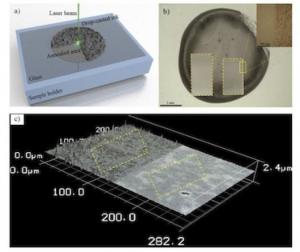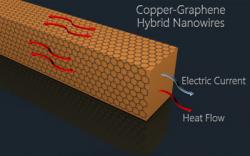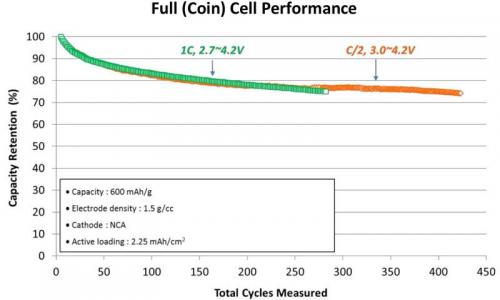Will graphene replace ITO as anode for QD-LED?
Researchers from the Chinese Jilin University, along with Louisiana State University, succeeded in making graphene-enhanced quantum dot-light emitting diodes (QD-LEDs). They fabricated QD-LEDs which show better current efficiency and power efficiency than similar ITO-based devices working at a low current density. The result indicates that graphene can be used as anodes to replace indium tin oxide (ITO) in QD-LEDs.

Single layer graphene was introduced as an electrode into the QD-LED. Graphene-based QD-LEDs performed as well as ones based on ITO anodes and the maximum brightness could meet the minimum brightness requirement of display applications. It demonstrates that single-layer graphene film has great potential to be used in QD-LEDs as an anode. The researchers are now focusing on searching for higher efficiency QDs and optimizing device structures to further improve the efficiency.




